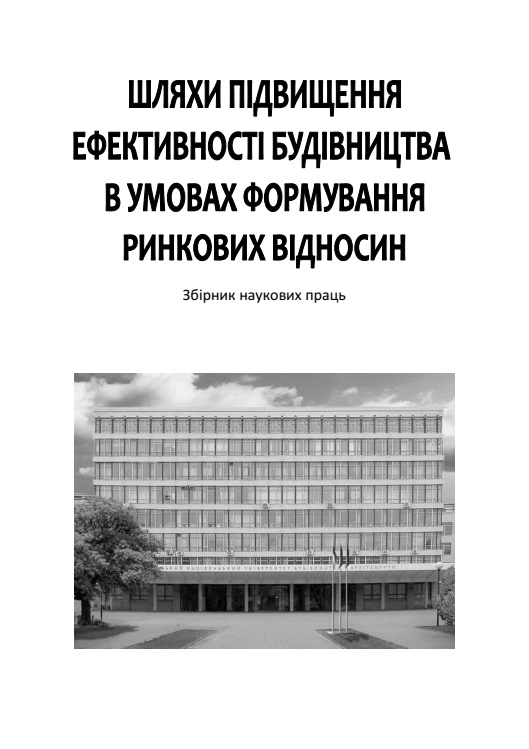Scope definition of danger zone-moving tower cranes
DOI:
https://doi.org/10.32347/2707-501x.2015.34.189-195Keywords:
hazardous area boundaries, hazardous area radius, hook load handling patternAbstract
This article deals with an issue of determining the hazardous area boundaries when handling loads with tower cranes, it emphasies the need to correct statement of this issue in the construction organization manuals.
References
СНиП –IIІ-4-80* «Техника безопасности в строительстве». – М.: Стройиздат, 1985. – 255 с.
ДБН АЗ.2.2 – 2009 «Промислова безпека у будівництві. Основні положення». – К.: 2012.
«Організація будівництва».:За редакцією С.А.Ушацького. Підручник.-К.:Кондор, 2007. – 521 с.
«Технологія монтажу будівельних конструкцій» за редакцією В.К. Черненко. Підручник. – К.:Горобець Г.С., 2010 – 372 с.
Дикман Л.Г. «Организация и планирование строительного производства».: Учебн. Для строит. Вузов и фак.- 3-е изд. – М.:Высшая шк.,1988 – 559с.
Дикман Л.Г. «Организация жилищно-гражданского строительства». 2-е изд. – М.: Стройиздат, 1990. – 495 с. – (Справочник строителя).
Кирнев А.Д. «Организация строительного производства» Курсовое и дипломное проектирование : Учебное пособие. – Ростов н ( Д.: Феникс, 2006. – 672 с.
Downloads
How to Cite
Issue
Section
License
Copyright (c) 2020 S. Matviievskyi, N. Nikohosian

This work is licensed under a Creative Commons Attribution 4.0 International License.
Authors who publish with this journal agree to the following terms:
- Authors retain copyright and grant the journal right of first publication with the work simultaneously licensed under a Creative Commons Attribution License that allows others to share the work with an acknowledgement of the work's authorship and initial publication in this journal.
- Authors are able to enter into separate, additional contractual arrangements for the non-exclusive distribution of the journal's published version of the work (e.g., post it to an institutional repository or publish it in a book), with an acknowledgement of its initial publication in this journal.
- Authors are permitted and encouraged to post their work online (e.g., in institutional repositories or on their website) prior to and during the submission process, as it can lead to productive exchanges, as well as earlier and greater citation of published work (See The Effect of Open Access).

